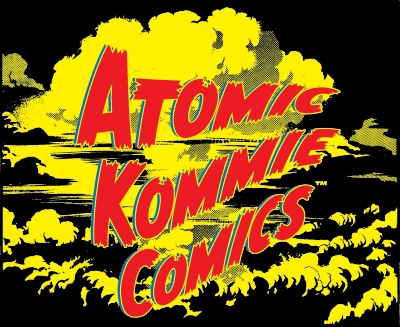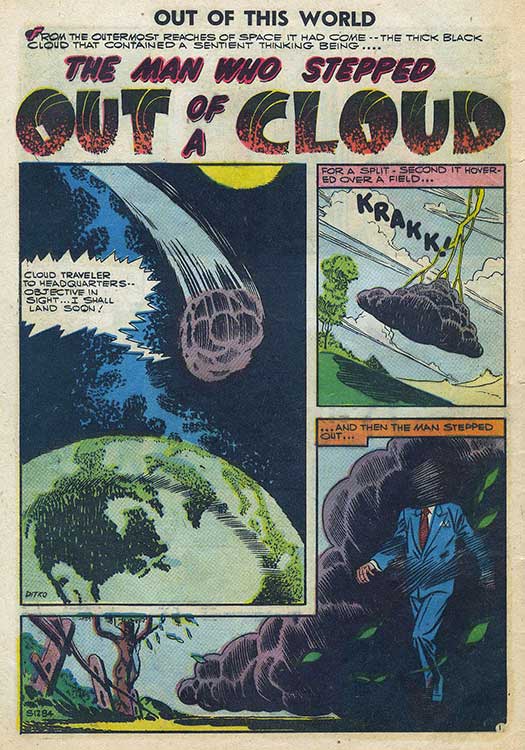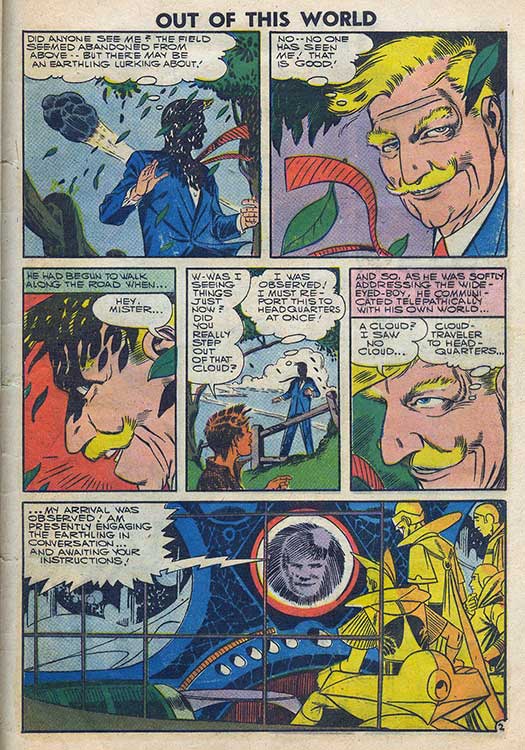PURPLE CLAW!
The name that strikes terror into the hearts of evildoers...at least to the minds of an impressionable 9-14 year old audience!Technically, it's the name of the metal glove that imparts mystic powers to it's wearer, but some refer to the user himself (or herself) by the name...sort of like Green Lanterns and their rings.
The user in this 1950s series, which mixed horror with heroics, was Dr. Johnathan Weir, a former US Army doctor who acquired it when he crashed his plane in Africa.
After the locals rescued him from the wreckage, he used his medical knowledge to save them from a plague.
Judging him as Honorable and Worthy, they gave him The Purple Claw, which had been left in their care by it's now-deceased previous owner.
The Claw's origin and history, which Dr. Weir tried to trace, is somewhat cloudy, since it was all word-of-mouth.
What is known is that it's an ancient mystic artifact of Great Power when used for Good. (Those who attempt to use it for Evil usually come to a Bad End!)
The bearer becomes a Defender of Humanity against Occult Evil, whether they want the job or not!
The Claw's exact abilities and limitations are unknown, and Weir had to experiment to see what would and wouldn't work, always stumbling upon the right way to use it before being killed/dismembered/disintegrated by a foe. (Talk about "on the job training"!)
The series ran for only three issues, but Weir continued to fight evil as a backup feature in Tales of Horror, until the Great Comics WitchHunt of the 1950s killed almost all horror/occult-themed comics titles.
As you might have guessed, we at Atomic Kommie Comics™ found it to be a perfect fit for our Horror Comics of the 1950s™ collection, even giving The Claw it's own section!
We think any of the collectibles we offer with The Purple Claw on them would make a kool Xmas stocking stuffer for the horror/occult pop culture kitch aficionado in your life!
But, remember...use them for Good...not Evil! ;-)


















